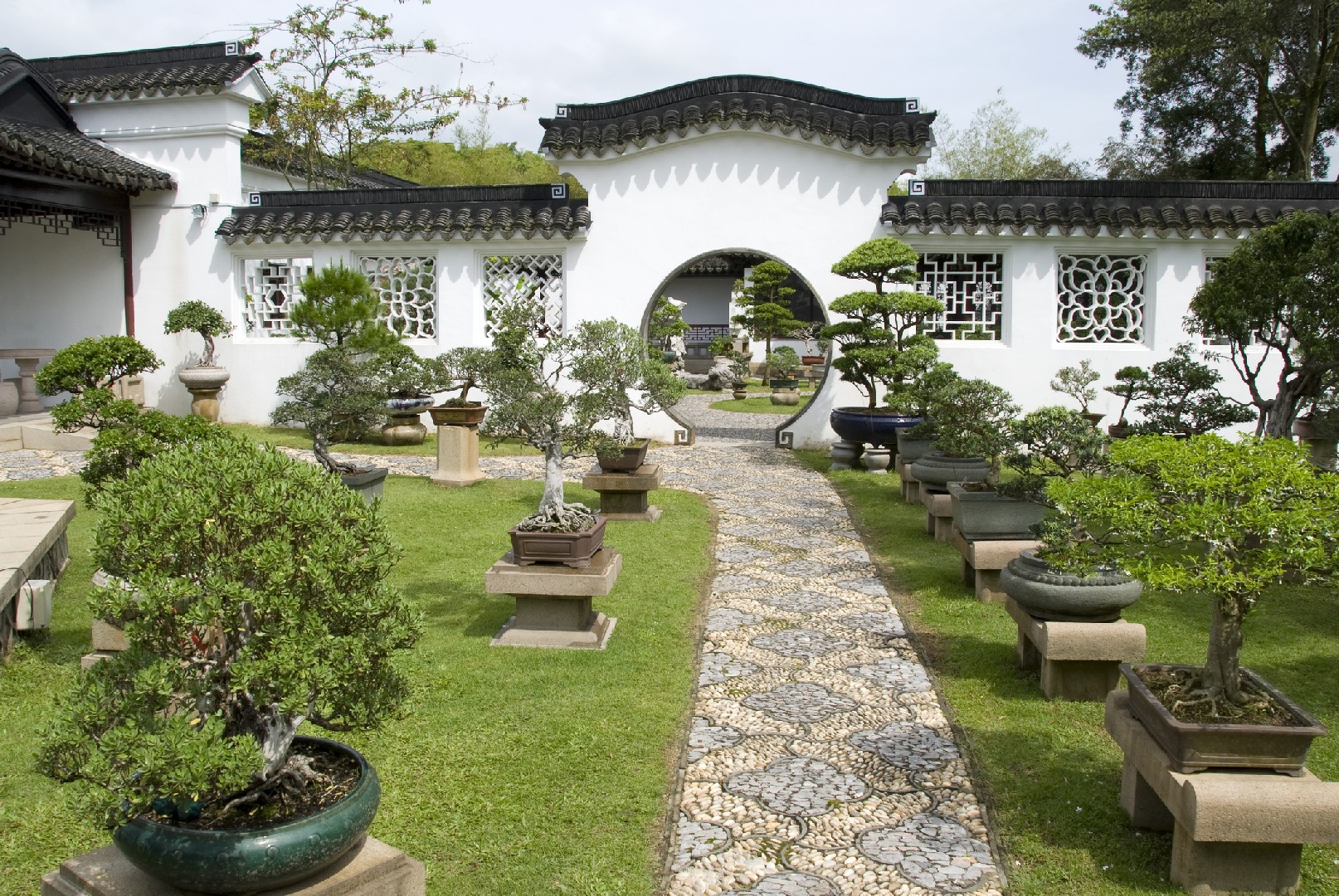![Rectangle]()
The Roots of Bonsai: Tracing its Origins and Evolution
Bonsai, the ancient art of cultivating miniature trees in containers, has a history that can be traced back to Chinese horticulture. The practice of growing and shaping trees in small pots can be dated back to the Tang Dynasty in China, around the 7th century. The Chinese horticulturists originally called these plants 'penzai,' meaning 'tray planting,' and they were often displayed indoors as symbols of wealth and prestige.
The art of bonsai soon spread to Japan, where it took on a new level of significance. In fact, the word 'bonsai' itself is of Japanese origin and translates to 'planted in a container.' During the Heian period in Japan, bonsai became a popular form of art and expression, with artists carefully pruning and shaping the trees to create miniature landscapes. Bonsai trees were seen as a way to connect with nature and attain a sense of peace and tranquility.
Over time, bonsai evolved into a global fascination. It gained popularity in Europe during the 18th and 19th centuries, as explorers and traders brought back exotic plants from Asia. The intricate beauty of bonsai captivated the Western world, and enthusiasts began to study and cultivate these miniature trees themselves. Today, bonsai is practiced and admired by people all over the world, with dedicated societies, exhibitions, and competitions celebrating the art form.
To successfully cultivate bonsai, there are several key skills and methods to master. First and foremost, it is important to understand the specific needs of the tree species you are working with. Different trees require different levels of sunlight, water, and nutrients, so it is crucial to research and provide the optimal conditions for your bonsai.
Pruning and shaping techniques are also essential in bonsai cultivation. Regular pruning helps to maintain the desired shape and size of the tree, as well as promote overall health and vigor. Wiring is another technique commonly used in bonsai to bend and shape branches, allowing for greater control over the tree's aesthetic.
Additionally, bonsai enthusiasts must have a keen eye for aesthetics and design. The placement of branches, the balance of foliage, and the overall composition of the tree are all crucial aspects to consider when creating a visually pleasing bonsai.
Incorporating bonsai into small space gardening can be a rewarding endeavor. Bonsai trees can be grown indoors or outdoors, making them suitable for apartment balconies, small gardens, or even office spaces. Their compact size and unique beauty bring a touch of nature and tranquility to any environment.
Whether you are a beginner or an experienced gardener, embarking on the journey of bonsai cultivation is a truly enriching experience. It teaches patience, mindfulness, and a deep appreciation for the beauty of nature. So why not give it a try? Start with a young tree, learn the techniques, and watch as it grows and evolves under your care. With dedication and practice, you too can master the magnificence of miniature in the art of bonsai.





